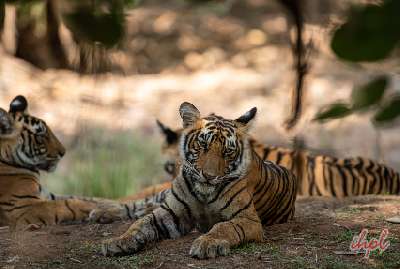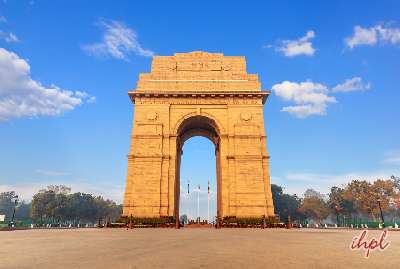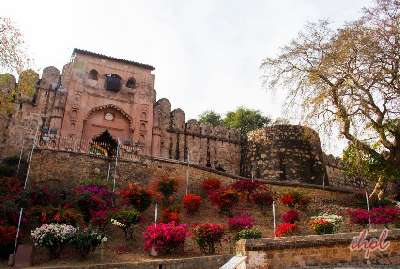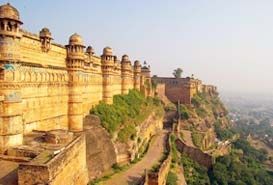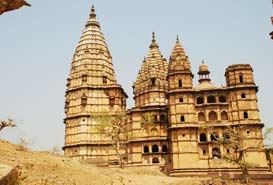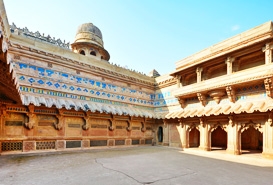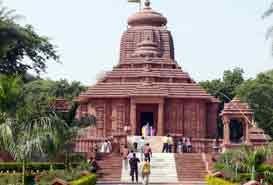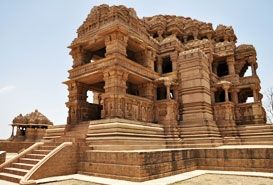Gwalior, one of the historically important destinations of the country has beautiful monuments and Gujari Mahal, Gwalior is one of them. It is situated within the Gwalior fort. The fort is situated on a sand stone precipiece which is 2.8 km in length, 200-850 km in width and 91 m above the plains. The Gwalior fort encloses six Mahals, numerous water tanks and three temples.
The fort has been witness to many ups and downs and has changed hands from one ruler to another. Initially ruled by the Tomars it passed to the Mughals, then the Marathas, the British and at last the Scindhis. There are two main entrances to the fort, one from the North East and other from the South West.
Known as one of the finest monuments and museums in Gwalior, Gujari Mahal Gwalior is an obvious choice with the tourists.
Gujari Mahal, Gwalior has one of the best exteriors and utmost care has been taken for its preservation.The palace now has an archeological museum that has a large collection of Hindu and Jain sculptures, archeological pieces from1st and the 2nd century B.C, copies of Bagh cave frescoes and Terracotta items.
The statue of Salbhanjika, a marvelous piece in miniature is in the custody of the museum’s curator and can be seen on request. Thee is also a school within the Gujari Mahal, Madhya Pradesh premises which was meant for the British soldiers. Now it is run by the Scindia’s as is regarded as one of the best schools in the country.
History:
Gujari Mahal, Gwalior was constructed by Raja Mansingh for his favourite queen, Mrignayani in the 15th century. It has witnessed rough weather and has gone through the test of time. The story goes that after the king succeeded in wining over Mrignayani she demanded a separate palace for her with constant water supply from river Ria and hence, Gujari Mahal in Gwalior in India came up.
Check out our packages: Madhya Pradesh tour packages, Ujjain tour packages, Bhopal tour packages, Kanha tour packages, Bandhavgarh tour packages, Pachmarhi tour packages, Maheshwar tour packages, Khajuraho tour packages.



